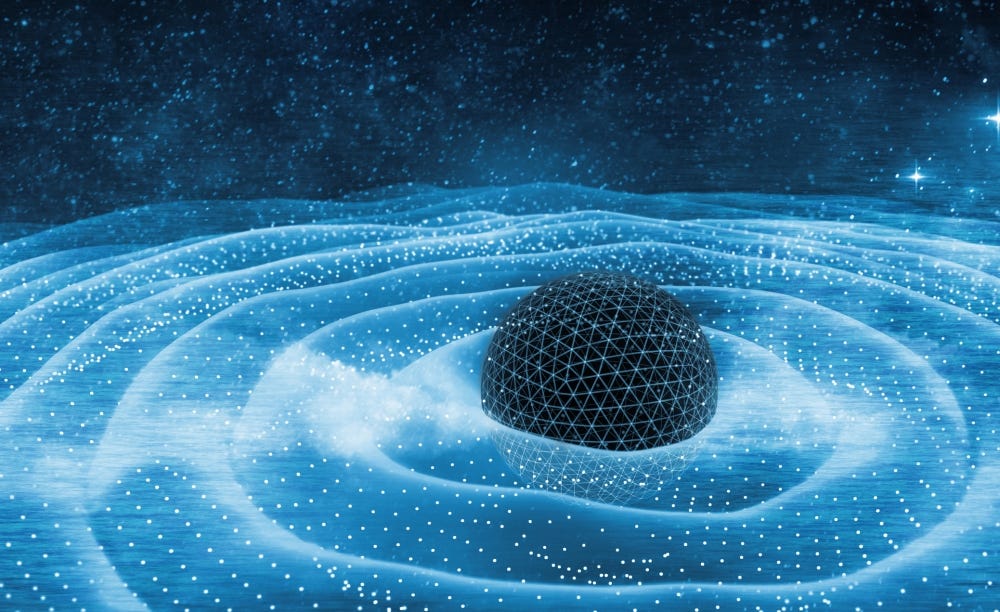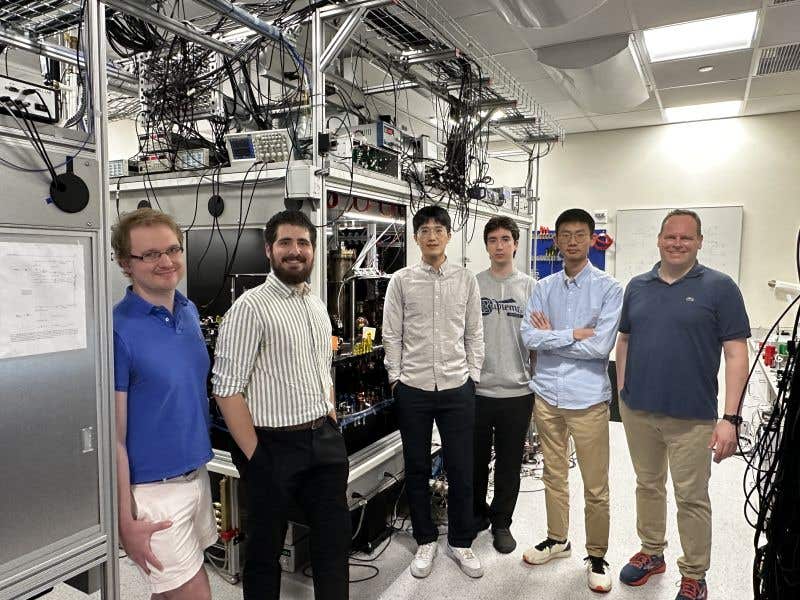Scientists are uniting quantum mechanics with general relativity through ‘Quantum gravity’
Scientists have made significant strides towards unraveling the fundamental forces governing the universe.

Scientists have made significant strides towards unraveling the fundamental forces governing the universe. (CREDIT: Creative Commons)
Scientists have made significant strides towards unraveling the fundamental forces governing the universe by developing a method to measure gravity on a microscopic scale.
Gravity, initially conceptualized by Isaac Newton, has long perplexed experts when applied to the infinitesimal realm of quantum mechanics. Even the renowned physicist Albert Einstein grappled with this concept, asserting in his theory of general relativity that there exists no feasible experiment to demonstrate a quantum version of gravity.
However, a recent breakthrough led by physicists at the University of Southampton, in collaboration with European scientists, has enabled the detection of a faint gravitational pull on a minuscule particle using an innovative approach. Their achievement, published in the Science Advances journal, offers a glimmer of hope in the quest to unveil the elusive theory of quantum gravity.
An illustration shows a quantum experiment investigating gravity on a tiny scale. (CREDIT: University of Southampton)
Lead researcher Tim Fuchs, from the University of Southampton, expressed optimism about the implications of their findings, stating, “For a century, scientists have tried and failed to understand how gravity and quantum mechanics work together. Now we have successfully measured gravitational signals at the smallest mass ever recorded, it means we are one step closer to finally realizing how it works in tandem.”
The experiment employed levitating magnets to discern gravity's influence on microscopic particles, edging towards the quantum realm.
Fuchs outlined their future endeavors, noting, “From here we will start scaling the source down using this technique until we reach the quantum world on both sides. By understanding quantum gravity, we could solve some of the mysteries of our universe – like how it began, what happens inside black holes, or uniting all forces into one big theory.”
Related Stories
The quantum realm, characterized by its peculiar rules, remains a frontier of scientific exploration. This domain posits that particles and forces interact differently on a microscopic scale compared to macroscopic objects.
Researchers from Southampton collaborated with counterparts at Leiden University in the Netherlands and the Institute for Photonics and Nanotechnologies in Italy, funded by the EU Horizon Europe EIC Pathfinder grant (QuCoM).
Their study harnessed a sophisticated setup involving superconducting devices, known as traps, along with magnetic fields, sensitive detectors, and advanced vibration isolation.
Schematic depiction of the experimental setup. Multistage mass spring system to isolate from external vibrations. An image of the dilution refrigerator used for the experiments, including the multistage mass spring system. (CREDIT: Science Advances)
The experiment detected a subtle gravitational force of merely 30 attonewtons (aN) on a particle measuring 0.43 milligrams, achieved by suspending it in frigid temperatures close to absolute zero, approximately minus 273 degrees Celsius.
Professor Hendrik Ulbricht, also from the University of Southampton, emphasized the significance of their research, stating, “We are pushing the boundaries of science that could lead to new discoveries about gravity and the quantum world. Our new technique that uses extremely cold temperatures and devices to isolate vibration of the particle will likely prove the way forward for measuring quantum gravity.”
Unlocking the mysteries of quantum gravity promises profound insights into the fundamental nature of the universe, from subatomic particles to cosmic phenomena.
As Ulbricht highlighted, “Unraveling these mysteries will help us unlock more secrets about the universe's very fabric, from the tiniest particles to the grandest cosmic structures.”
For more science and technology stories check out our New Discoveries section at The Brighter Side of News.
Note: Materials provided above by The Brighter Side of News. Content may be edited for style and length.
Like these kind of feel good stories? Get the Brighter Side of News' newsletter.



